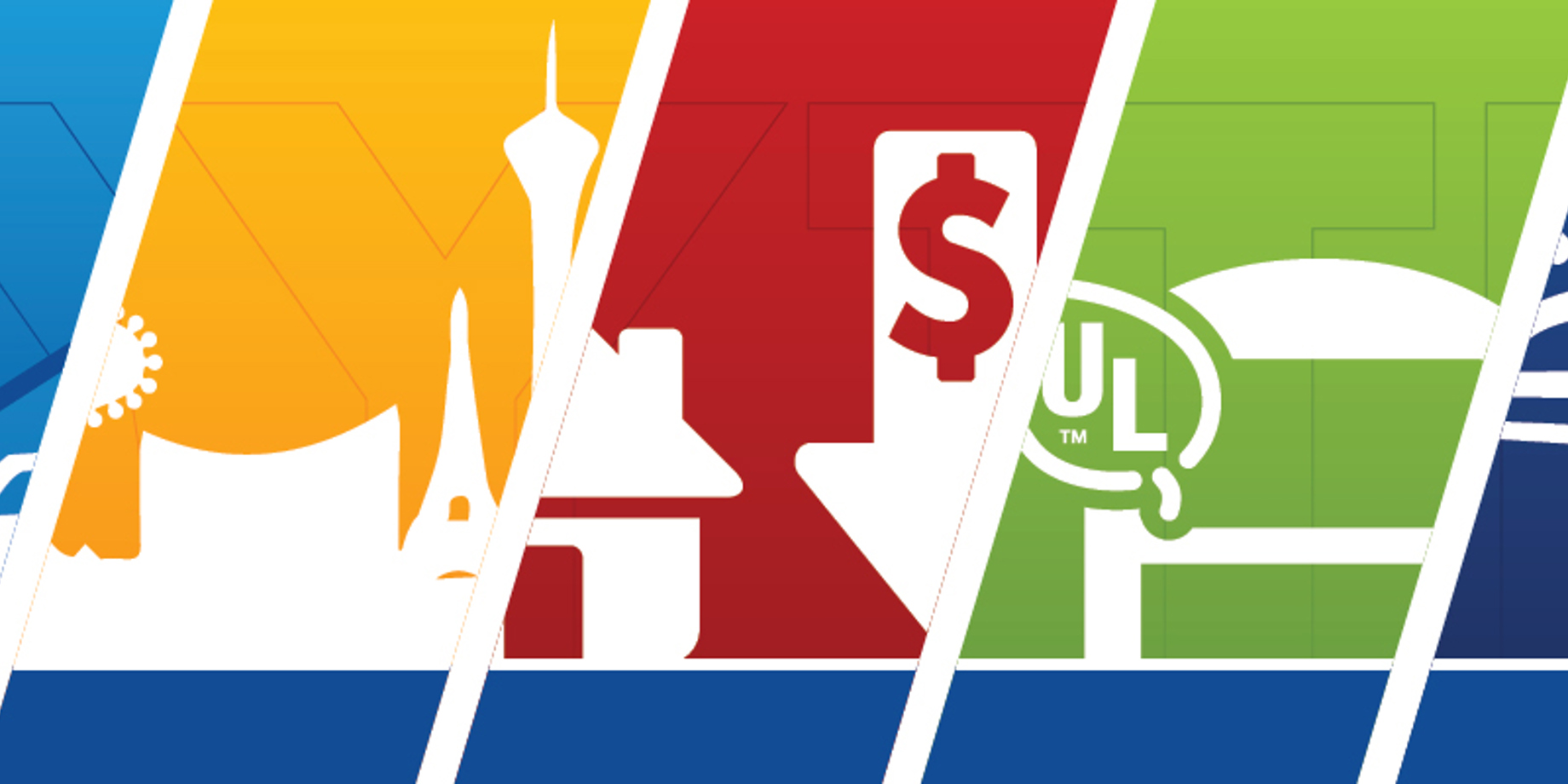Sign Codes: Five Myths about Digital Displays Dispelled
Daktronics provides advice about how to overcome objections and dispel the myths surrounding digital LED signs and billboards.
6/13/2022
Categories: Business & Community, Out of Home Advertising

Businesses who want to install digital displays may encounter some resistance from civic or neighborhood organizations. You may never win everyone over, but when you treat those concerns with respect and provide people with the simple facts, you have a much better chance of successfully gaining the legislation and support you need to install your digital billboard or sign.
Here, Daktronics addresses five common myths about digital displays:
Myth 1: Digital billboards cause traffic accidents.

Truth: For years, universities, insurance companies and even Daktronics completed studies about this particular topic. Time and time again, statistical studies show accidents do not increase around digital displays.
According to the International Sign Association’s (ISA) white paper Finding Common Ground: Answers to Common Questions About Electronic Message Centers (EMCs),* the two main subjects of these studies are statistical and human factors. Neither has shown that digital signs cause an increase in accidents or are a hazard to travelers.
One of the most prominent studies by the U.S. Department of Transportation Federal Highway Administration (FHA) determined digital billboards do not pose a safety risk to motorists. It used an eye-tracking system that measured driver glances while they drove near digital billboards. Access the full report here.
Myth #2: Digital signs produce the “Vegas Effect.”

Truth: Digital signs – especially compared to manual reader boards – can add to the aesthetics of a community. Let’s face it. When you drive through a city full of unattractive signs with letters falling down, you don’t get a good impression of that city.
On the other hand, properly sized and placed digital displays can be attractive, informative and even beautiful, depending on the content. Effective content is crucial to the way a sign is perceived. To learn how to create effective content, you can download A Guide to Creating Content for LED Displays free from Daktronics.
A Guide to Creating Content for LED Displays
Some smart sign owners even use their digital signs to get community messaging to the public. It’s easy to inform people about the weather, upcoming events and more.
It’s also important to maintain community standards with regard to size and brightness. In Las Vegas, signs are large, bright and close together. If you can head objections like these off right away, regulators will see that the right digital signage can enhance the community’s image.
Myth #3: Digital displays decrease property value.

Truth: When digital signs are programmed properly, neighbors should not be affected at all. The industry as a whole is mindful of neighborhood concerns. The International Sign Association (ISA) retained an expert in lighting sciences to help the industry develop standards for ambient brightness, especially during nighttime hours. Learn about these and all ISA standards in their publication Finding Common Ground: Answers to Common Questions About Electronic Message Centers (EMCs).*
Daktronics recommends installing LED signs capable of appropriately responding to ambient light levels, ensuring automatic adjustments of brightness levels. Daktronics also offers neighborhood friendly products with directional illumination, producing light out and downward, limiting light toward unintended areas like adjacent neighborhoods.
Learn more about these recommendations here.
Brightness Levels Recommendations
Myth #4: Digital signs are bad for the environment.

Truth: Two of the most popular Daktronics signs – the Galaxy GS6 and the GT6x – carry the UL Green Leaf symbol indicating compliance with a variety of energy efficiency requirements. Products with Energy Efficiency Certification must by UL listed and meet California Title 24 standard energy consumption.
In fact, Electromagnetic Compliance (EMC) testing on our products certifies that our electromagnetic interference stays under the limits approved by the Federal Communications Commission (FCC). Our products meet stringent safety and emissions standards. Learn more in our blog.
Understanding the Importance of FCC Compliance

According to the ISA, advertising with LED technology is more environmentally responsible than print media, radio or television.*
Myth #5: Digital billboards are ugly.

Truth: When digital billboards are in operation, they are as good-looking as the content that runs on them. That’s why you need to have the right designers in place to create that content.
Whether you’re advertising for your own business or selling space for advertisers to get their message out, keep your standards high. Well-designed content is key to breaking through the clutter to reach people during their busy days, while adding to the beauty of the community.
This can include more than advertising. Weather and real-time alerts like IPAWS (Integrated Public Alert and Warning System) provide a public service to keep people informed and aware. Or, consider adding art displays and beautification to the content rotation. You can feature local artists and give people a chance to reset during hectic days.
Digital displays themselves can become works of art. Some sign owners incorporate their signs into their architecture or even create innovative structures, drawing the eye and becoming landmarks.
Overcome objections with good information
If you want to know more about how to dispel the myths and objections citizens and organizations may raise, please visit the Daktronics LED Sign and Legislation web page. There, you can learn about the latest topics, download free literature, and even reach out to us with specific questions.
Regulation & Legislation Resources
*Finding Common Ground: Answers to Common Questions About Electronic Message Centers (EMCs). EMC Issues Report from the International Sign Association. Alexandria, VA. http://www.signs.org.






